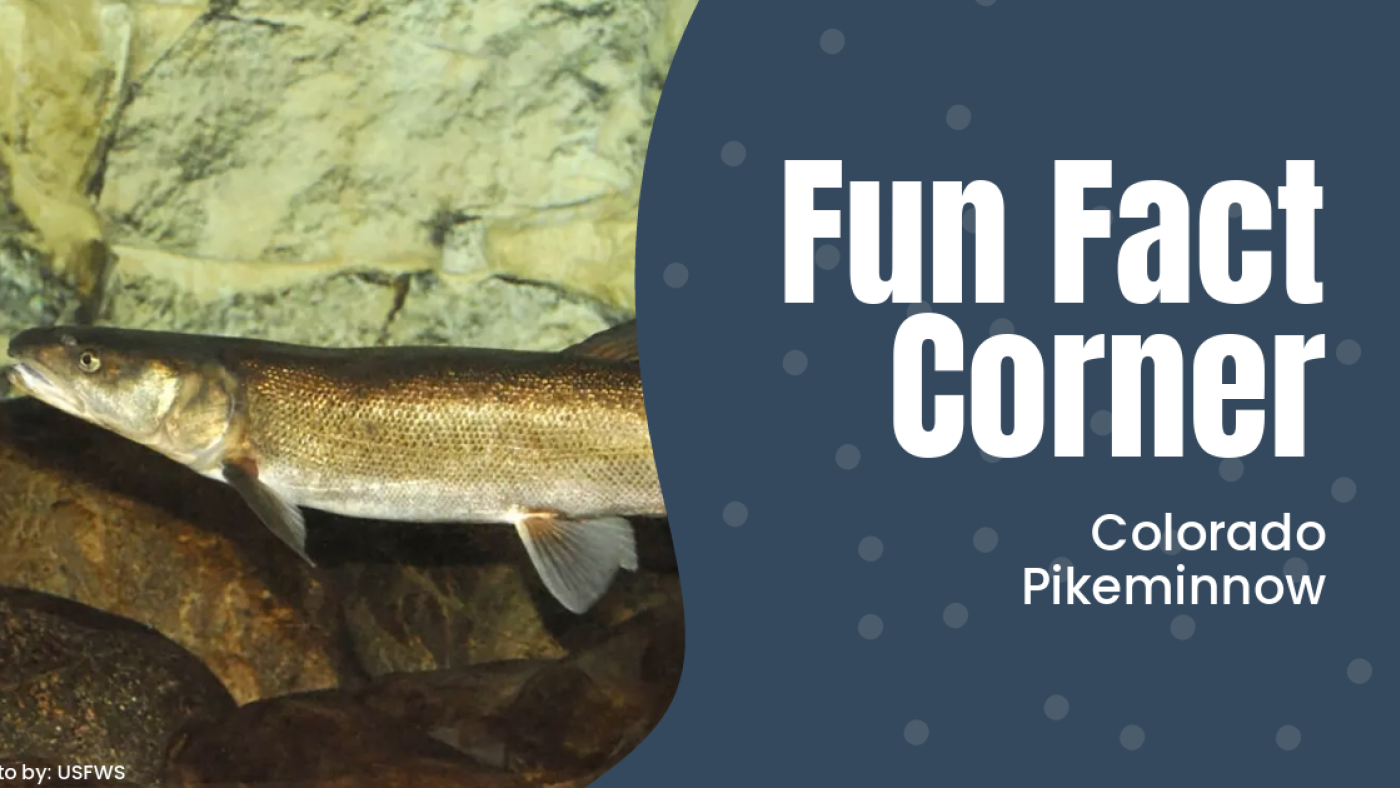WHY PIKEMINNOW LOVE THE GRAND VALLEY
OUR VALUABLE HABITAT
One of our native fish species, the pikeminnow, thrives in the Grand Valley because we have critical spawning habitat along the Colorado River, more abundant forage fish that live here, and this is where the river is the widest, providing more opportunity for diverse river habitats. Most pikeminnow will travel less than 6 miles from the Grand Valley, favoring this as their home.
LIFE CYCLE STAGES HAPPENING IN OUR RIVER
-
Pikeminnow spawn at 6-7 years old, primarily in late June to early August, several weeks after the peak in snowmelt.
-
The best environment for spawning is in shallow waters over gravel bars that have a clean substrate with deep voids in between for the adhesion of eggs.
-
The eggs hatch in 5 days and larvae float downstream to feed on algae and invertebrates.
-
Once they are about 8 inches in length, they only prey on other fishes and swim back upstream.
RESTORATION WORK THAT IMPROVES THEIR HOMES
|
REMOVAL OF INVASIVES |
|
VALUE IN BACKWATERS |
|
Restoration efforts work to bring back historical river flows and flooding zones which have been altered by aggressive and thick growth of the invasive tamarisk. When these woody trees are removed and native vegetation replaces it, the river can once again flow onto lowered banks, restore shallow zones, and increase the number of pools and backwaters. |
Adult pikeminnows thrive in diverse river habitats such as pools, riffles, runs and backwaters. Of these, backwaters are most important for breaks from the main river channel and opportunities for spawning. The Grand Valley offers this diversity of river habitat and restoration work only does more to increase the opportunity for this native fish species to grow in their favored habitat. |

